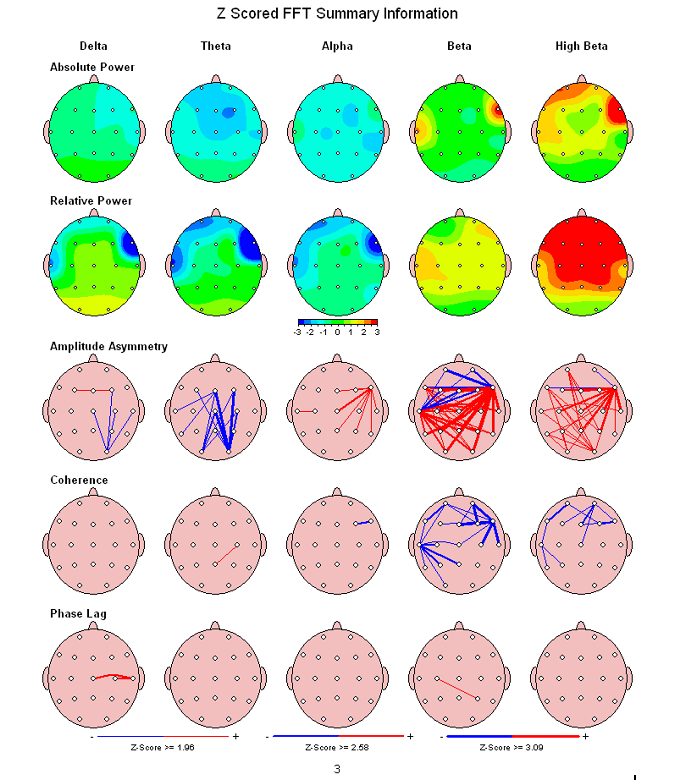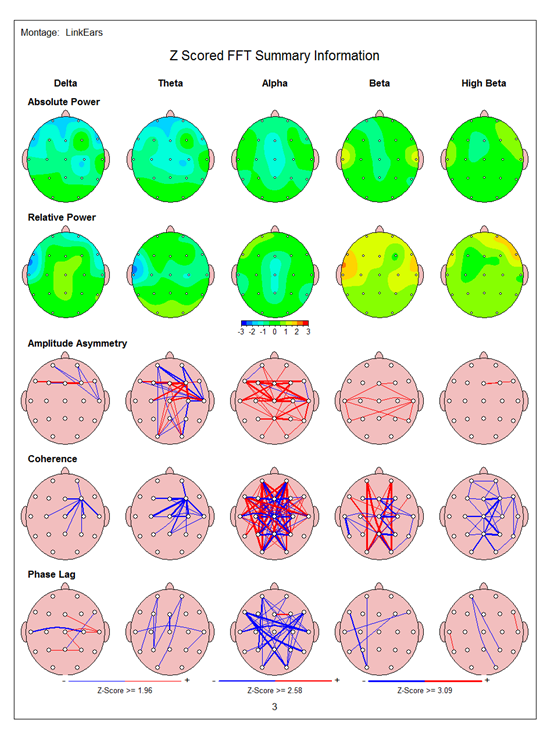So what is Traumatic Brain Injury (TBI)
Traumatic brain injury (TBI) is a complex injury with a broad spectrum of symptoms and disabilities. It occurs when an external force traumatically injures the brain. TBI can cause a host of physical, cognitive, social, emotional, and behavioral effects.
Common long-term symptoms of moderate to severe TBI are changes in appropriate social behavior, and cognitive changes, especially problems with sustained attention, decision making and communication problems.
How Neurofeedback helps those with Traumatic Brain Injuries
Neurofeedback, is a research proven way to improve your brain function through intensive brain training exercises. Although the technology is quite sophisticated, the process is simple, painless, drugless, non-invasive and virtually has no side effects. It is just learning. You learn to alter your brain activity the same way you learn every other skill – through feedback and practice.
The neurofeedback training activity is simple, painless, drugless, non-invasive and has no harmful side effects.
With brain injury, it is critically important to understand how the injury impacted brain function overall. At the NeuroFeedback Center, we measure brain function with a quantitative EEG brain map, so that we can see the areas of the brain that have been negatively impacted by the injury.
What is a Brainmap?
A Brainmap is a Quantitative Electroencephalogram. It is an EEG that has been compared to a database of normals of all ages. We compare your EEG with your date of birth, handedness, and gender and we get back a great deal of data and colored maps that describe where your brain is functioning well and where it is not functioning well. The results of a Brainmap (Qeeg) enables us to determine any specific regions of your brain which are not functioning at their best and to use this information to setup your direction for Neurofeedback training. The result is a visual report enabling us to determine any specific regions of your brain which are not functioning at their best.
Case Study: Concussion and Learning Disability Patient 58 years old
This patient had her first head injury at age 10 while playing catcher in a baseball game. She was struck on the left side of her head and was knocked unconscious. She had several stitches over her left eye. She had a additional traumas to the head from several auto accidents including one rollover. She was an active child and experienced numerous blows to the head. She has had a lifelong problem with dyslexia, math, and all other subjects because of her inability to read. She was humiliated in front of the class by a teacher for her inability to read and made to stand by the teacher’s desk so the teacher could read to her. She described herself as having “lived half her life feeling stupid and disconnected.”
The first Brainmap (Brainmap 1) was done before doing any neurofeedback. One can see from the large amounts of red in her Beta band she had a great deal of disregulation of her brain. This caused her anxiety, head pain, problems with focus and concentration. She also presented with learning problems that were caused from her blows to the head. I did the tradional neurofeedback with her at that time in 2005. It was quite effective but took a good deal longer to achieve the results that we can get today with z score training and LORETA z score training. She described her results of the traditional NF as going from a non reader to being able to consume several books at a time. This a big change for someone that could not read much at all before NF. Her anxiety was reduced and her life was more managable. And she was able to go back to school.

Brainmap 1
After a ten years this client contacted me about doing more Neurofeedback. She was experiencing symptoms of foggy brain, confusion, pressure and pain in her head.
The second Brainmap (Brainmap 2)was done prior to doing LORETA Z score Neurofeedback. And we can see the results of the first round of the traditional NF training. The red areas were reduced from the first brainmap to the second brainmap.

Brainmap 2
This is the client’s Brainmap (Brainmap 3) after 10 sessions of LORETA Z score training. A great deal of change can occur with LORETA z score training very quickly. Symptoms of fogginess, anxiety, and pain were gone.

Brainmap 3
HOW LONG DOES IT TAKE?
The length of neurofeedback training sessions always depends on the condition, age and health of the patient as well as any other health conditions that are present and need supportive treatment. We find that an average number of sessions to get a significant change to occur are around 20-30 sessions. However, rarely does a case resolve completely in that few sessions. It usually takes around 40 to get the best results. Individuals that have other health concerns need to recognize that Neurofeedback alone cannot do everything and there needs to be a comprehensive understanding and treatment of the overall health problems.

